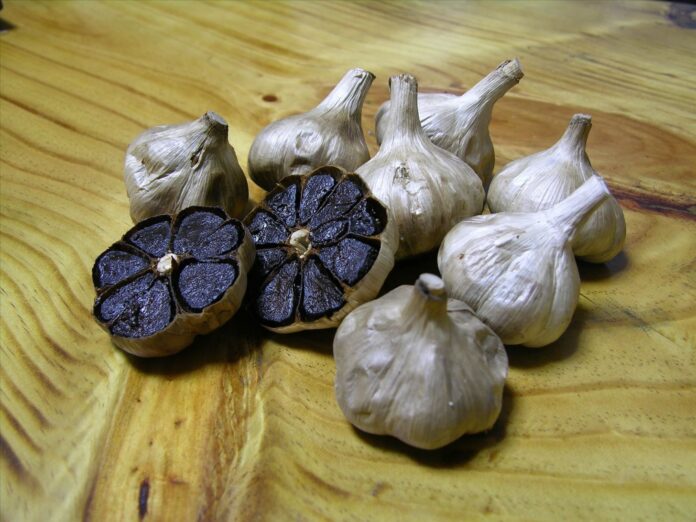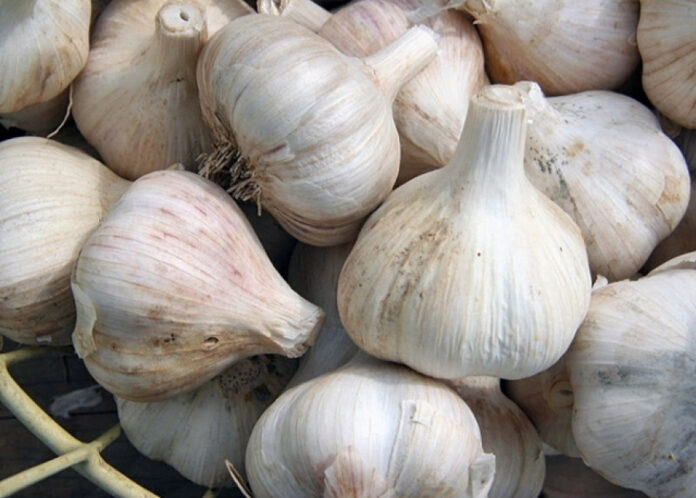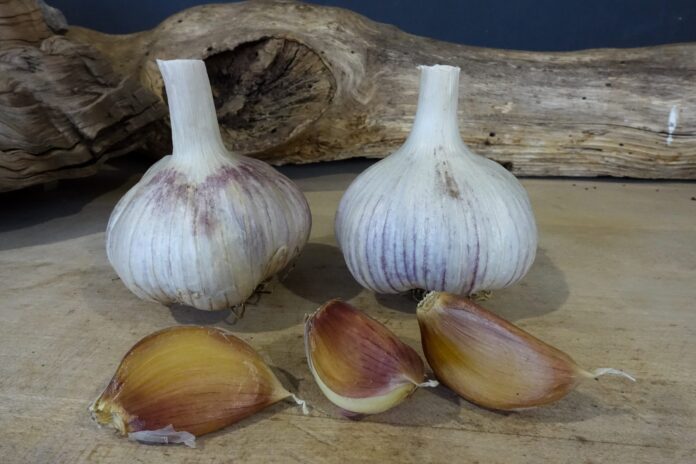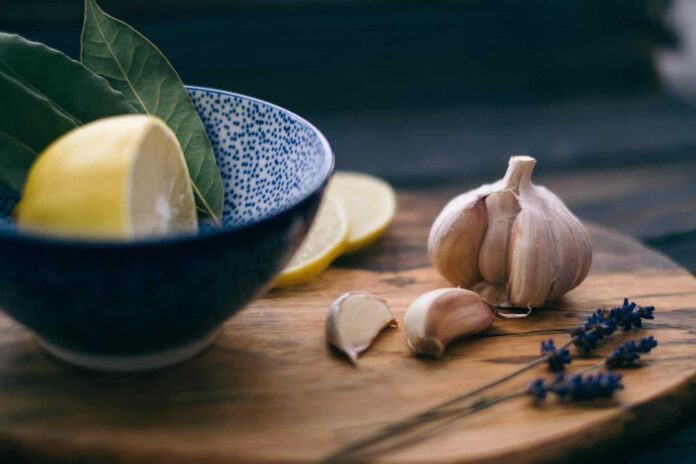
Garlic is one of the most preferred spices, vegetables, and additions to almost every cuisine in the world. Know for its specific flavor and healing properties, it may not be the most favorite vegetable to many, but we are all aware that dishes that are made with this type of food not only taste far better, but they also help us improve our health and boost our immune system. Since this vegetable can be found in almost every part of the earth, many people are wondering how many types of it are there and which ones are the best ones for their home garden. Here, we are going to tell you how many varieties of garlic are there, and which one you should choose for your next dish.
Basics

The first thing we are going to talk about is the basics of this vegetable, and the number one thing that you should be aware of is that there are only two main subtypes of this plant. We know them as the soft and hard-neck and their naming are Allium Sativum Sativum and Allium Stivum Ophioscorodon.
When it comes to further division, scientists have said that we still don’t know the exact number of types and subtypes that this vegetable has, and there are new varieties showing up all the time.
It has been stated that under the Allium Sativum Sativum type, there are at least two subcategories, and when it comes to the better known and used, Allium Stivum Ophioscorodon, there are at least eleven subtypes that can be found around the globe.
Keep in mind that under each of the main subtypes there are much more varieties and plants produced through selective breeding. Since this type of vegetable allows us to choose how we are going to plant and breed it, we can experiment in our gardens, and we can even create new cultivars.
Experts estimate that there are several hundred different varieties of garlic that are known to men, but that number can easily get to the thousands if we consider all the named cultivars that we can find in different parts of the world.
Now we are going to talk about some of the most popular types that you can find that fall under both soft and hard-neck types, and we are going to give you some details about their properties and growing conditions. You can check https://garlics.com/ out if you want to learn how some types are grown and what their health benefits are.
Main types

As we previously mentioned, there are 13 main subtypes, two of them fall under the soft-neck category, and the rest are under the hard-neck type. The hard-neck type is the most common type that you can see in many cuisines, and the number of cloves is fewer than most of the other types, but they are also far larger. This variety is easy to peel and because of that, it can be found in many dishes and restaurants around the world.
When it comes to the type with the most flavor, then you should opt for Rocambole. This variety is recognized by the sweetness in taste that can be noticed no matter if the cloves are smaller or bigger, and the color of this type is a bit darker when compared to other, pearly white varieties. The only negative side of this type is that it has an extremely short shelf time, so if you plan on planting or purchasing it, make sure that you use it either the same day or as soon as possible so it does not go bad.
On the other hand, when it comes to probably the whitest type of garlic, we have the Porcelain type, and it is well-known in the northern parts of the world. You can also recognize the purple stripes after you peel the cloves, and it is recommended for this type to be eaten raw or put in dishes without being subjected to heat. Once it is cooked, the flavor becomes a bit starchy and this will take away from the potency and recognizable taste.
The Asiatic type is popular not only in that continent but also all around the world. There are many sellers that offer this type and that ship it to other continents and it is really easy to keep and cultivate. It is said that this type is the best one for your home garden, especially if you are new to growing garlic. It does not require too much time and maintenance and you don’t have to trim it all the time for it to produce the cloves.

The glazed and marble purple stripe types are two similar, but still different varieties of this vegetable. The former is known for the different-sized cloves that are not all uniform and that can greatly vary from one another. It has a recognizable appearance, and you should keep in mind that this variety does not offer the same smell or taste as other types of hard-neck garlic. It is recommended for people who don’t like the recognizable taste and those who want to get the health benefits without having to deal with the flavor. The latter type is similar in looks, but the flavor is completely different. You should be expecting that recognizable taste and you should expense the flavor that you will be able to feel in your mouth far after you finish eating the dish.
Other types that you may want to know about include Middle Eastern, Turban, Silverskin, Artichoke, Creole, and Purple Stripe. As we mentioned before, all of these types are just scratching the surface when it comes to the named and unnamed varieties, and you are free to explore any of them for your next dish or your garden. Before cooking with any of them, make sure you talk to the seller and learn how they are going to pair with other flavors, and if there is anything that could affect their taste. If you choose to have them in your garden, start with varieties that are easier to keep and maintain, and later on, explore your knowledge and see if you can tackle even those types that require the most skilled of gardeners.
















